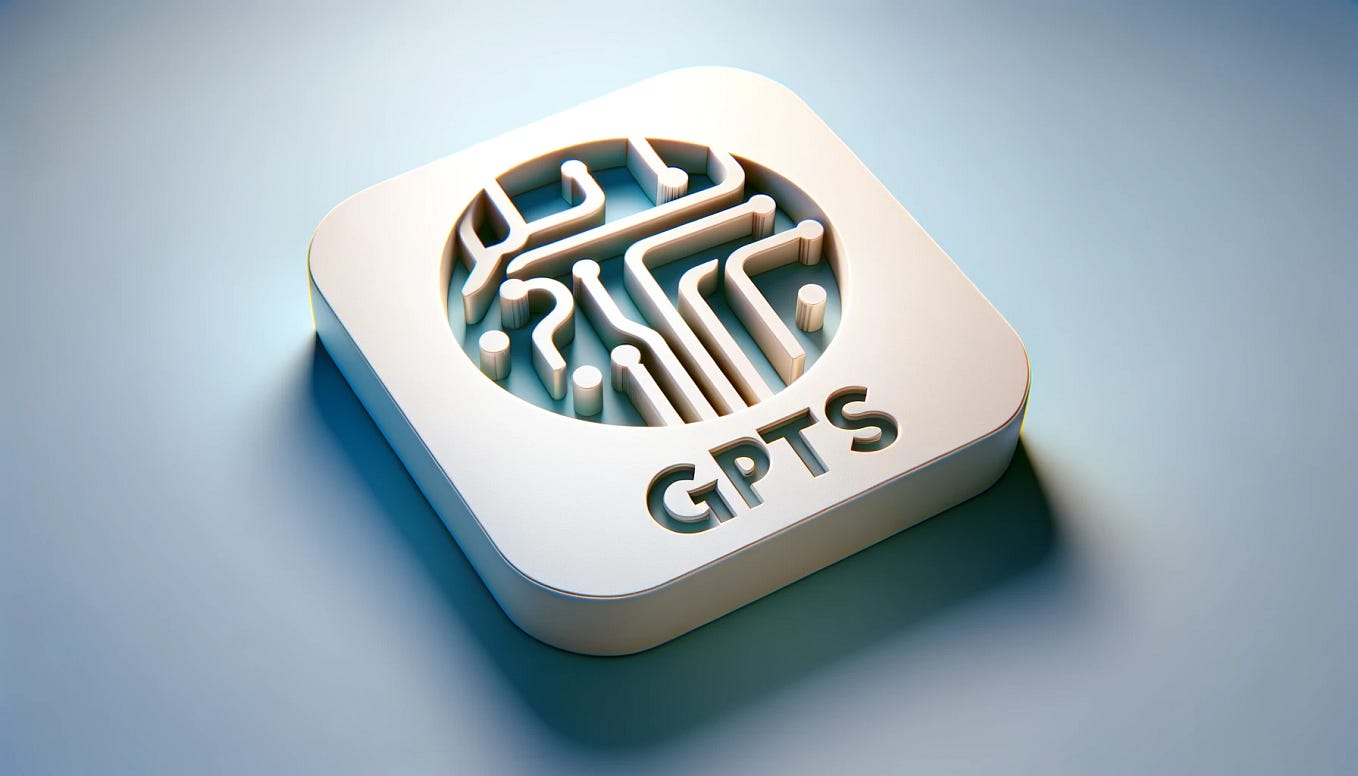Introduction
Artificial Intelligence (AI) has permeated numerous facets of our lives, from powering recommendation systems to enhancing language understanding. Among the most fascinating developments in AI are Generative Pre-trained Transformers, or GPTs. But, are these sophisticated language models truly ready for widespread deployment?
Understanding GPTs
What are GPTs?
Generative Pre-trained Transformers, or GPTs, are AI models capable of generating human-like text based on input prompts. They utilize transformer architecture, a neural network design known for its effectiveness in natural language processing tasks.
Evolution of GPTs
GPTs have undergone significant evolution over the years. From their inception to the latest iterations, such as GPT-3, these models have continually improved in complexity and performance.
How do GPTs work?
GPTs employ a method called unsupervised learning, where they are trained on vast amounts of text data to understand language patterns. They generate text by predicting the next word in a sequence based on the preceding context.
Limitations of early GPT models
Early versions of GPTs faced challenges such as coherence issues and lack of contextual understanding. These limitations hindered their practical applications in real-world scenarios.
Advancements in GPTs
GPT-3: A game-changer
The introduction of GPT-3 marked a significant leap in AI capabilities. With 175 billion parameters, GPT-3 outperforms its predecessors in generating coherent and contextually relevant text.
Applications of GPT-3
GPT-3 finds applications in various domains, including content generation, language translation, and virtual assistants. Its versatility makes it a valuable tool for developers and businesses alike.
Challenges in Deployment
Bias and ethical concerns
One of the primary challenges in deploying GPTs is the presence of bias in the training data, which can lead to biased outputs. Ethical considerations regarding the potential misuse of AI also pose significant concerns.
Data privacy issues
The use of GPTs raises concerns about data privacy, as these models require access to large datasets to achieve optimal performance. Safeguarding sensitive information is crucial to prevent privacy breaches.
Current Deployment Status
Industries leveraging GPT technology
Numerous industries, including healthcare, finance, and marketing, are leveraging GPT technology to streamline operations and enhance customer experiences. From chatbots to content creation, GPTs are revolutionizing workflows.
Success stories and use cases
Several success stories highlight the effectiveness of GPT deployment. From generating personalized product recommendations to improving customer support, businesses are reaping the benefits of integrating GPTs into their processes.
Future Prospects
Overcoming challenges
Addressing bias, enhancing data privacy measures, and promoting ethical AI practices are essential steps in ensuring the responsible deployment of GPTs. Collaborative efforts from researchers, developers, and policymakers are crucial in overcoming these challenges.
Potential advancements
The future of GPTs holds promise for further advancements in language understanding and generation. Continued research and development efforts aim to enhance the capabilities of these models while mitigating risks associated with their deployment.
Conclusion
In conclusion, Generative Pre-trained Transformers represent a remarkable advancement in AI technology. While challenges such as bias and data privacy persist, the potential benefits of deploying GPTs are substantial. With careful consideration of ethical implications and ongoing innovation, GPTs are indeed poised for widespread deployment.
FAQs
What is the difference between GPT-2 and GPT-3?
GPT-3 surpasses GPT-2 in both size and performance, boasting 175 billion parameters compared to GPT-2’s 1.5 billion parameters. This increased capacity allows GPT-3 to generate more coherent and contextually relevant text.
How do GPTs handle sensitive information?
GPTs do not inherently understand or handle sensitive information differently. Developers must implement appropriate data handling practices and ensure data privacy measures are in place when deploying GPTs in sensitive applications.
Can GPTs understand multiple languages?
Yes, GPTs can understand and generate text in multiple languages. However, their proficiency may vary depending on the languages they were trained in and the complexity of the language structure.
Are there any risks associated with deploying GPTs?
Risks associated with deploying GPTs include bias in generated content, potential misuse for malicious purposes, and privacy concerns related to data handling. Developers and organizations need to mitigate these risks through responsible deployment practices.
How can businesses prepare for GPT deployment?
Businesses can prepare for GPT deployment by evaluating their specific needs and use cases, ensuring they have access to high-quality training data, implementing robust data privacy measures, and staying informed about ethical considerations and best practices in AI deployment.

